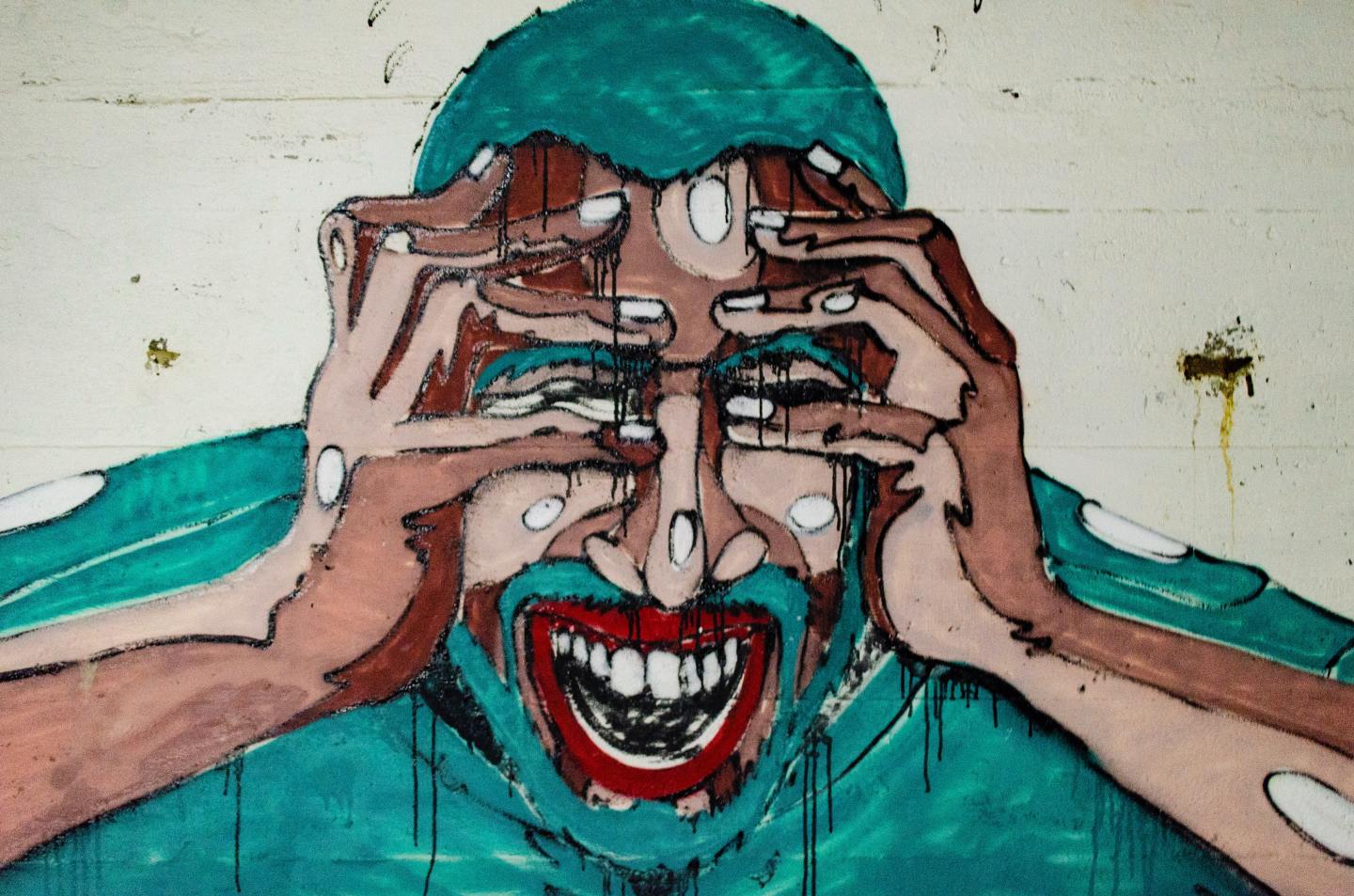Third Space/Fourth Genre
Main Article Content
Abstract
This essay begins with a question: how can we understand composition teachers as third space workers—occupying what Fred Moten and Stefano Harney call the “nonspace,” the “undercommons” fugitive from the dominant cultures of the university—the “third spaces” that slip the major organizing power structures of higher education? This essay argues that composition teachers, working on and around the fracture between “critical” thinking and professional assimilation—a false opposition, but nonetheless one from which tensions and contradictory impulses emerge—also work in and on a space that can both acknowledge and evade these organizing mandates. We find this space in the form of the essay, at once the ubiquitous, compulsory pedagogical form for writing instructors, and also the inspiration for some of the most radical arts collectives of the twentieth century. These experimental film collectives, I argue, show us that the essay is not only a Trojan horse for professional-managerial training and ersatz “critical” practice; it can also be a collective space, an energetic space for creative organization and resistance. Own fraught object of instruction and study is also a liberatory, communal third space. This essay be, and has been, a space for collective sense-making, a “pariah space” where ideas, values, voices, and aesthetic forms come into contact in order to tell things differently, to resist. On the one hand, the essay can open up a “site of enunciation” that isn’t just the analogue of Homi K. Bhabha’s third space but is in fact a version of that space. On the other hand, the writing center and the composition classroom, the spaces of writing instruction, can or should also—at their best—capture moments of essay-writing as moments of fugitive collaboration and potential: third space thinking and collectivizing.
Article Details

This work is licensed under a Creative Commons Attribution 4.0 International License.
Authors who publish with this journal agree to the following terms:
- Authors retain copyright and grant the journal right of first publication with the work simultaneously licensed under a Creative Commons Attribution License that allows others to share the work with an acknowledgement of the work's authorship and initial publication in this journal.
- Authors are able to enter into separate, additional contractual arrangements for the non-exclusive distribution of the journal's published version of the work (e.g., post it to an institutional repository or publish it in a book), with an acknowledgement of its initial publication in this journal.
- Authors are permitted and encouraged to post their work online (e.g., in institutional repositories or on their website) prior to and during the submission process, as it can lead to productive exchanges, as well as earlier and greater citation of published work.
